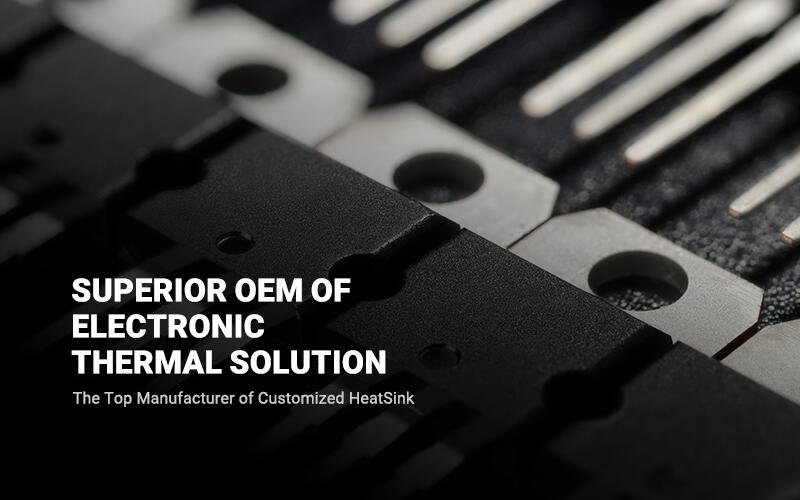In the world of thermal management, selecting the Best Heat Sink Material is crucial for ensuring optimal heat dissipation. Whether you are designing electronic devices, LED lighting, or industrial cooling systems, the right material can make a significant difference in performance and efficiency. In this guide, we will explore the most commonly used heat sink materials and their advantages.
Why Choosing the Best Heat Sink Material Matters?
Heat sinks play a vital role in dissipating heat from components, preventing overheating, and ensuring longevity. The Best Heat Sink Material should have high thermal conductivity, durability, and cost-effectiveness. Let’s examine the top contenders in the market.
Common Heat Sink Materials Compared
Aluminum – The Most Popular Choice
Aluminum is widely regarded as the Best Heat Sink Material for many applications. Its key benefits include:
- High Thermal Conductivity – Efficient heat transfer at a lower cost.
- Lightweight – Ideal for compact and portable devices.
- Corrosion Resistance – Durable and long-lasting.
- Cost-Effective – More affordable than other metals.
Copper – Superior Performance with a Higher Cost
Copper is another top-tier Best Heat Sink Material, known for its exceptional thermal properties:
- Higher Thermal Conductivity – Transfers heat faster than aluminum.
- Better Heat Capacity – Suitable for high-power applications.
- Durability – Stronger but heavier than aluminum.
- More Expensive – Costlier and harder to manufacture.
Aluminum vs. Copper – Which One is the Best Heat Sink Material?
| Feature | Aluminum Heat Sink | Copper Heat Sink |
|---|---|---|
| Thermal Conductivity | Good | Excellent |
| Weight | Light | Heavy |
| Cost | Affordable | Expensive |
| Corrosion Resistance | High | Moderate |
For most applications, aluminum remains the Best Heat Sink Material due to its balance of performance and cost. However, if your project demands maximum efficiency, copper may be worth the investment.
Advanced Heat Sink Materials
Besides aluminum and copper, some industries use specialized alloys and composite materials to enhance performance. These include:
- Graphene-based heat sinks – Ultra-high thermal conductivity.
- Carbon composites – Lightweight with excellent heat dissipation.
- Phase Change Materials (PCMs) – Store and release heat efficiently.
Choosing the Best Heat Sink Material for Your Application
When selecting the Best Heat Sink Material, consider the following factors:
- Thermal Conductivity – The higher, the better.
- Weight and Size – Important for portable and compact designs.
- Cost and Availability – Balance performance with budget.
- Manufacturing Feasibility – Ensure easy processing and integration.
Conclusion
Selecting the Best Heat Sink Material is essential for achieving optimal thermal performance. While aluminum is the go-to choice for most industries due to its affordability and efficiency, copper provides superior heat dissipation at a higher cost. For specialized applications, advanced materials such as graphene and carbon composites may offer cutting-edge solutions.
By understanding the strengths of each material, you can make an informed decision and ensure effective cooling for your devices.
Looking for More Heat Sink Samples? | Achieving Optimal Thermal Performance
OEM / ODM Customized Needs for Heat Sink? | Please Let Us Know
---------
HIGHTECH COMPONENTS CO., LTD. | Leading Heat Sink Manufacturer



